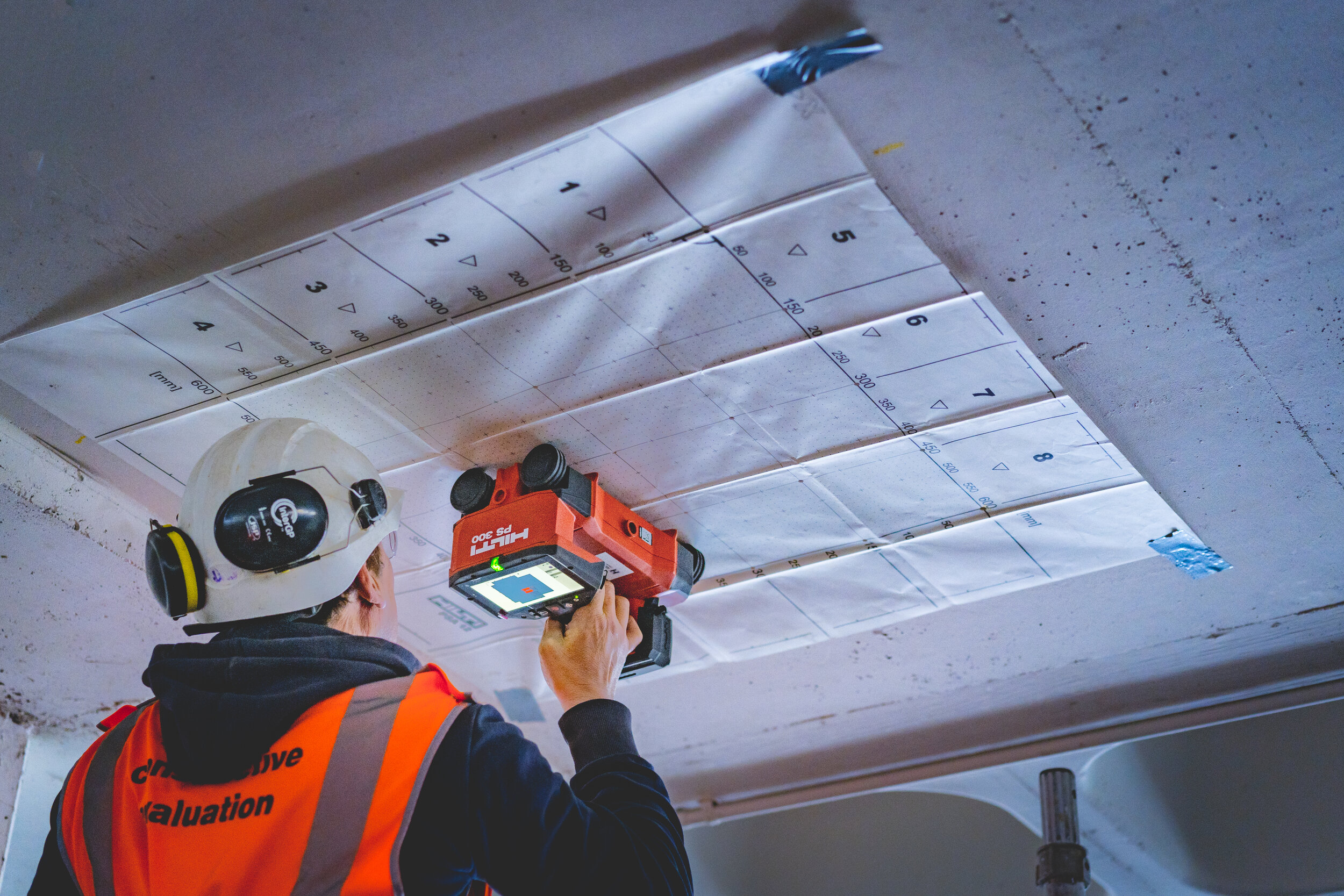Concrete Scanning: An Essential Step Towards Ensuring Architectural Honesty and Security
In the world of building and infrastructure upkeep, the value of concrete scanning can not be overstated. This precise procedure holds the vital to revealing potential threats hidden below the surface area of apparently strong structures. By using sophisticated modern technology and methods, concrete scanning serves as a pivotal device in making sure that the honesty and safety and security of structures and bridges are upheld to the highest requirements. Nonetheless, beyond its surface-level ramifications, the role of concrete scanning expands far much deeper than satisfies the eye.
Value of Concrete Scanning
Concrete scanning plays a vital role in making sure the architectural integrity and safety of structures and framework projects. By using innovative technologies such as ground-penetrating radar (GPR) and electromagnetic induction, experts can non-destructively evaluate concrete structures to spot possible issues, voids, embedded items, and support layout. This process makes it possible for very early detection of anomalies that might endanger the security of a framework, stopping pricey damages and making certain the safety of occupants.
Before drilling, cutting, or coring into concrete, scanning assists recognize the exact locations of rebar, post-tension cords, and various other ingrained components, minimizing the threat of unintended hits that could lead to structural weak points. In addition, concrete scanning aids in quality control by verifying the density of concrete covers and spotting any type of disparities that may impact the overall resilience of the structure.
Modern Technology for Concrete Examination

Benefits of Very Early Discovery
Timely discovery of architectural issues can substantially alleviate dangers and make certain the long life of building and construction tasks. By recognizing prospective issues early in the building process, stakeholders can take positive steps to deal with issues prior to they rise right into larger and much more costly troubles. Among the crucial benefits of early discovery is the avoidance of structural failures, which can posture significant security risks and result in project delays and financial losses.
Furthermore, very early discovery permits prompt repair work and upkeep, which can assist prolong the lifespan of the framework. By resolving problems promptly, building and construction teams can avoid pricey repair services or visite site even the demand for early replacement of architectural components. This positive method not just saves time and cash yet likewise boosts the general safety and toughness of the building task.
Furthermore, early discovery can enhance project preparation and decision-making by offering stakeholders with valuable understandings into the problem of the structure. Armed with this details, task supervisors can make informed selections pertaining to building and construction materials, timelines, and techniques, bring about extra successful and reliable task end results.
Making Sure Architectural Security
Making sure the architectural security of a building and construction project is critical to its safety and long life. Concrete scanning plays an important function in guaranteeing structural stability by identifying prospective problems such as voids, delamination, or reinforcement corrosion that might compromise the honesty of the framework over time.
By using sophisticated scanning modern technologies like ground-penetrating radar (GPR) and electro-magnetic induction, building professionals can non-invasively check concrete frameworks to identify locations of problem underneath the surface area. This positive method enables the early detection of weak points or defects, allowing punctual repair services or support to stop structural failures.
Normal concrete scanning during various construction stages and throughout the life cycle of a framework can aid preserve its stability, alleviate risks, and make sure the safety and security of passengers. By prioritizing architectural stability through concrete scanning, building and construction projects can boost their resilience and sturdiness, eventually adding to higher safety and security and longevity.
Stopping Vital Failings
To protect versus catastrophic occasions, meticulous tracking and aggressive maintenance are imperative in preventing essential failures within architectural structures. Spotting prospective concerns before they intensify is vital to avoiding structural failings. Implementing routine assessments, such as concrete scanning, can disclose hidden flaws like gaps, cracks, or rust that can compromise the honesty of a structure. By making use of advanced scanning modern technologies like Ground Permeating Radar (GPR) or Concrete X-ray, designers can non-destructively evaluate the problem of concrete and determine weak points that need support or repair work - RainierGPR Service Areas.

Final Thought
In conclusion, concrete scanning plays a vital role in making sure structural integrity and safety and security by using advanced technology for very early discovery of possible problems. This positive approach helps protect against critical failings and makes sure the security of structures. It is important to prioritize concrete examination as a typical technique to secure the longevity and safety and security of structures and facilities.
Concrete scanning plays a vital function in ensuring the architectural stability and safety of structures and facilities projects. In addition, concrete scanning aids in quality control by validating the thickness of concrete covers and detecting any type of inconsistencies that might impact the total sturdiness of the structure. Concrete scanning plays an important role in ensuring structural stability by detecting prospective issues such as spaces, delamination, or support rust that can jeopardize the integrity of the framework over time.

In conclusion, concrete scanning plays a vital function in making certain architectural integrity and security by using innovative modern technology for early detection of potential concerns.